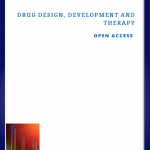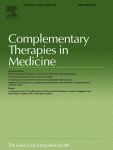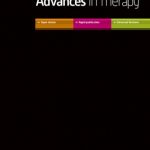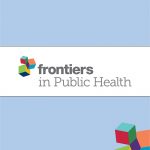A. Paris, N. Gonnet, C. Chaussard, P. Belon, F. Rocourt et al
Effect of homeopathy on analgesic intake following knee ligament reconstruction: a phase III monocentre randomized placebo contr
Br J Clin Pharmacol, 2008, 65 (2), 180-187

Homeopathy, an approach to treatment introduced by Hahnemann, is widely used in daily medical practice. It is based on preparations of substances whose effect is intended to correspond to the clinical manifestations of the disease. Homeopathy is based on two principles: that the administration of the active element at higher concentrations causes the clinical signs of the disease and that the homeopathic treatment retains its biological activity after dilution, even if after successive dilutions the probability of the presence of any active molecule is very low. Although its use is widespread, its efficacy remains strongly debated. Several meta-analyses have tried to determine whether homeopathy is on the whole an effective therapeutic treatment [1–3]. The data have not concluded that homeopathy is not effective, but on the other hand, neither have they identified any clinical situation in which homeopathy is effective. In a meta-analysis performed in 1997 by Linde et al. [3], the results were not compatible with the hypothesis that the clinical effects of homeopathy are totally due to a placebo effect. All the same, there was no proof that homeopathy was effective for any single clinical condition. In 2000, Cucherat et al. [1] analyzed the results of all published and nonpublished randomized controlled clinical trials relative to the efficacy of a homeopathic treatment vs. placebo, up until June 1998. Primary endpoints had to be clinical endpoints and not biological markers. There was some suggestion for the efficacy of homeopathy. However, the level of evidence from the included trials was low and it was recommended that this result should be confirmed with higher quality studies. Linde further evaluated the impact of study quality on outcome [4]. He concluded that there was clear evidence that studies with better methodological quality tended to yield less positive results. In 2002, a new systematic review was performed by Ernst [2], exploiting electronic databases. No condition was found in which the response was better with homeopathy than with controls or no homoeopathic treatment. All these studies have stressed the need for further studies that comply with good clinical practice guidelines so as to identify under which conditions, if any, effectiveness might be demonstrated. Few studies are available on the evaluation of homeopathy as an analgesic for postsurgical pain. Moreover, the number of patients is usually small and the results debatable [5, 6]. Lokken et al. [5] conducted a randomized double-blind, placebo controlled cross-over trial to examine whether homeopathy had any effect on pain and other inflammatory events following oral surgery. Twenty-four patients were included and started the treatment 3 h after surgery. The pain intensity was about the same in the two treatment arms and 13 patients preferred the postoperative ‘treatment’ with placebo. In another study, 130 patients undergoing saphenous stripping were included in a randomized, prospective multicentre double-blind placebo controlled trial to determine whether homeopathic Arnica could reduce postoperative haematomas [6]. Nurses administered the treatments the night before and immediately after surgery and haematomas were clinically evaluated at 6 days after surgery. No statistical difference was found between the Arnica and placebo groups. Recently, it has been suggested that homeopathic treatment with Arnica decreases knee swelling and pain following cruciate ligament reconstruction [7]. However, no data are available on the consumption of analgesics by these patients.Our objective in the present study was to evaluate the efficacy of an add-on homeopathic treatment vs. placebo on analgesic consumption in knee ligament reconstruction. The primary end-point was the consumption of morphine over the first 24 h following surgery. As a secondary objective, a control group without intervention was included to allow the placebo effect to be assessed.







